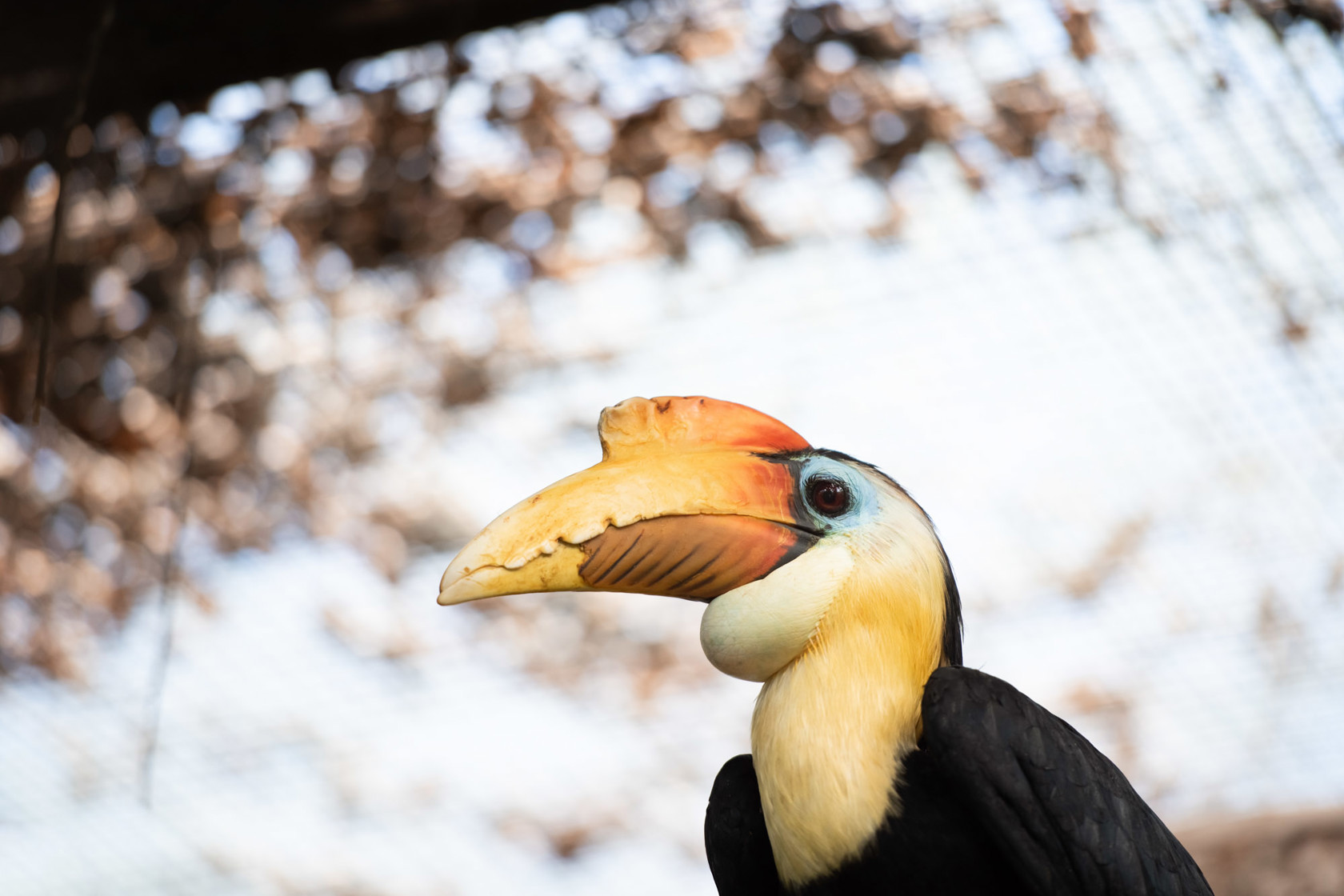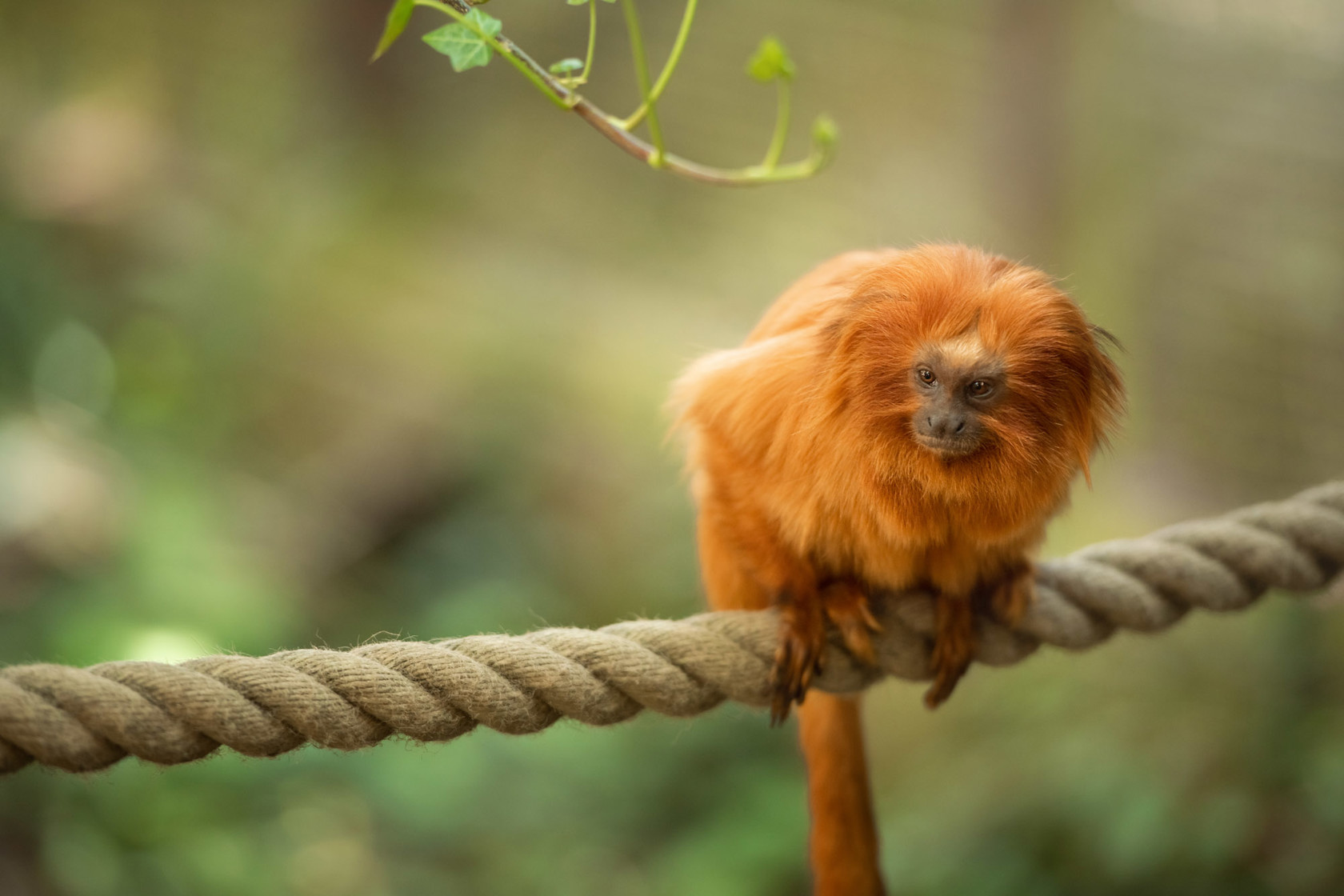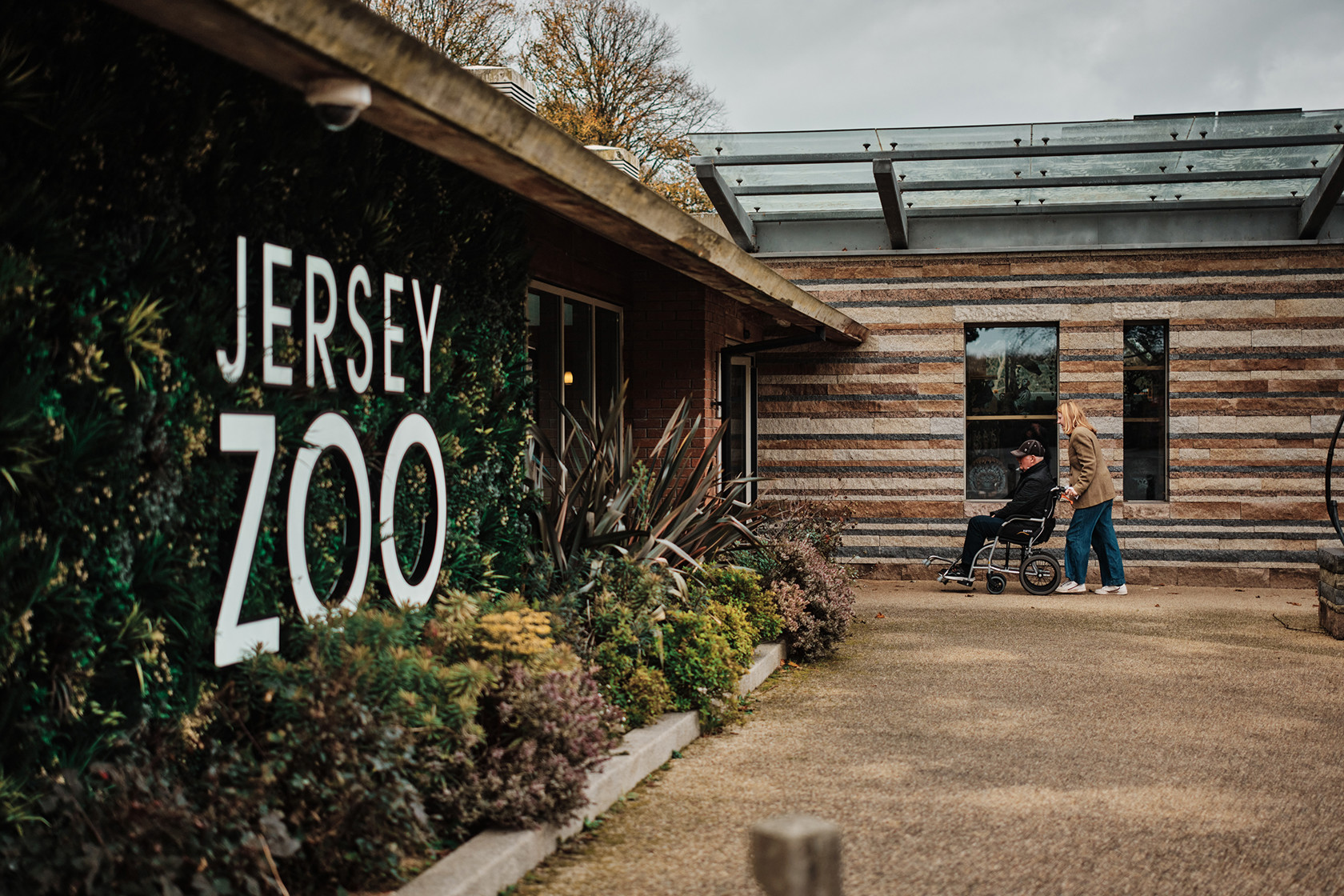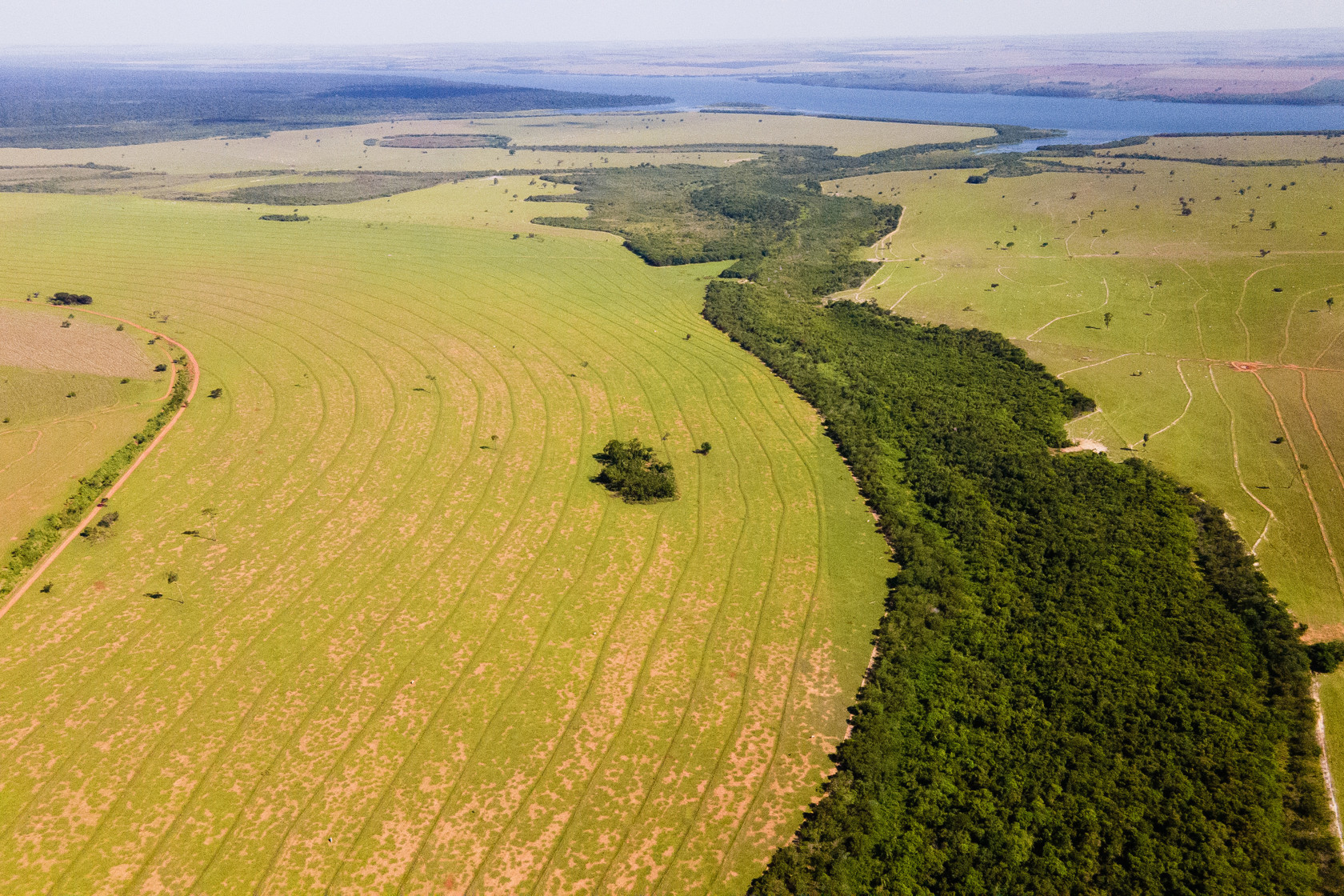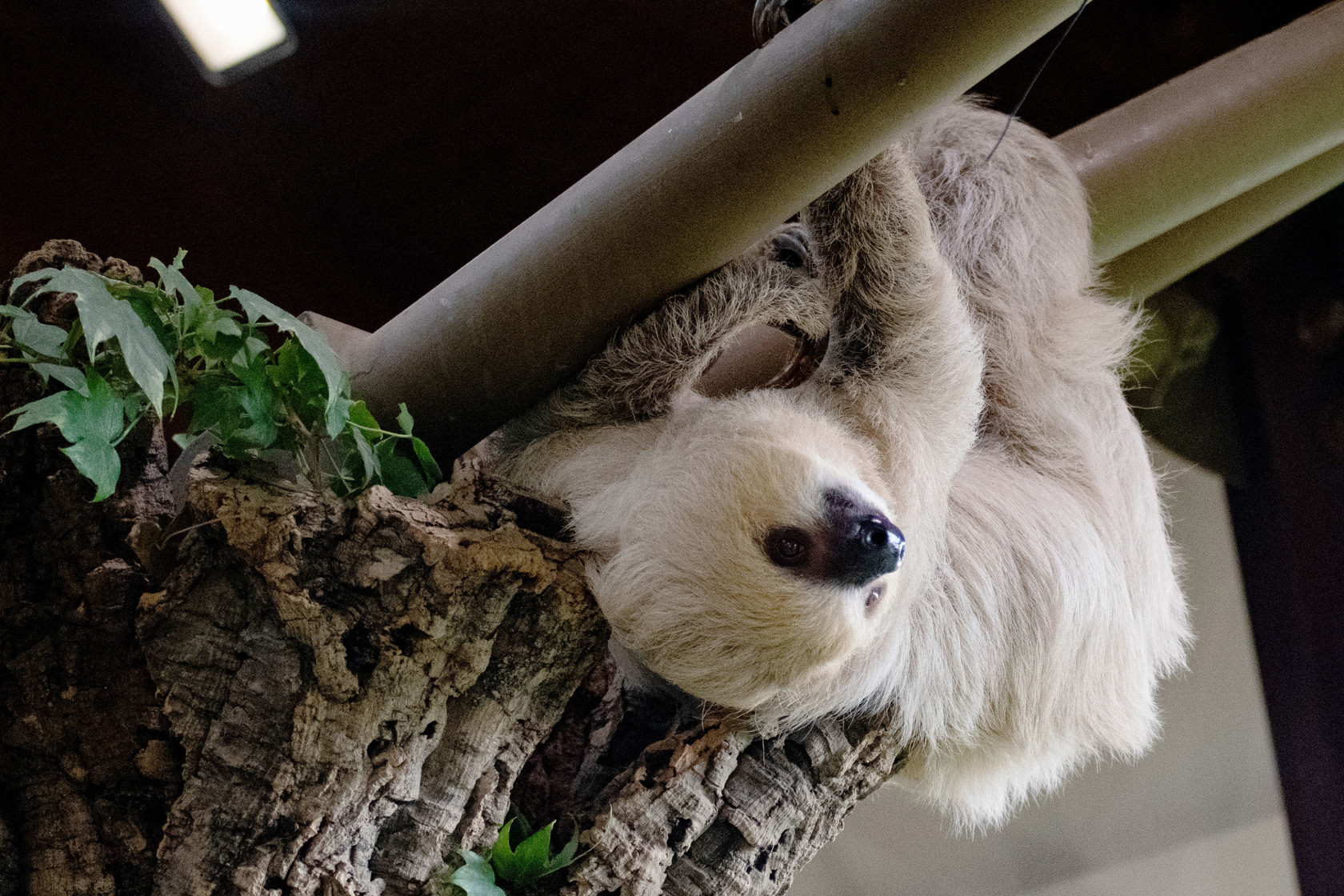Study highlights declines in many of Jersey’s farmland birds
Results now available from an Island-wide bird monitoring scheme, managed by the Durrell Wildlife Conservation Trust through collaboration between Durrell, the Société Jersiaise, the National Trust for Jersey and the States of Jersey Department of the Environment and carried out at five sites between 2005 and 2015 show that Jersey’s farmland bird populations are poorer than previously thought.
Over the ten-year period the information collated can be used to identify trends in populations and evidence suggests that it is very much a case of a ‘mixed bag’. Sixteen Jersey bird populations showed marked decreases while a further nine have increased. Results coincide with a 30-year survey of birds along Jersey’s north coast published by the Société Jersiaise that shows that overall bird numbers recorded halved between 1985 and 2014².
Dr Glyn Young of Durrell who managed the project said, “The results of these two studies show the importance of long-term monitoring projects like this one and we are very grateful to everyone who gave so much of their free time to help understand what is happening to our island’s bird populations”.
Mick Dryden, Chairman of the Société Jersiaise Ornithology Section said, “The Section has collected bird records for more than 50 years from right across Jersey. This study has clearly shown the value of intensive, systematic study from a group of keen volunteers”.
Birds are great indicators for overall environmental health and birds in Jersey are in decline, the island’s broader environment is a lot poorer than people assume. Jersey needs a healthy and diverse environment to prosper, to help the birds and help Jersey.
The Birds On The Edge partnership is a joint initiative between The National Trust for Jersey, Durrell Wildlife Conservation Trust and the States of Jersey Department of the Environment, which aims to restore habitats and stop the decline of these bird species.
As an integral part of the Birds On The Edge project and in collaboration with local farmers, a total of 20 fields (with a combined area of 12.3ha or 68.5vg) were planted with winter bird crops in 2015 at six different sites. Three varieties of winter bird crops were planted. This initiative aims to help the island’s birds get through the winter when food would otherwise be very scarce, and help to ensure that they are in good condition to breed in spring.
Each of the sites surveyed and the core populations of the declining birds lie within the Jersey Coastal National Park, further emphasising the need for the National Park more than ever for island biodiversity.
?Jonny Parkes, Lands Manager of The National Trust for Jersey said, “This survey clearly demonstrates that we all need to ‘up our game’ if we are going to prevent the further loss of some of our key farmland and coastal birds. The loss of the skylark from the dunes at St Ouen would be tragic and we need to acknowledge that securing the future of such species will require, on occasion, robust measures including restricted public access, pest control and increased government investment in agri-environment schemes. The Birds On The Edge Project demonstrates what can be achieved through collaboration and we hope we can further build upon its early success to prevent further population declines.”
Over the ten-year period the information collated can be used to identify trends in populations and evidence suggests that it is very much a case of a ‘mixed bag’. Sixteen Jersey bird populations showed marked decreases while a further nine have increased. Results coincide with a 30-year survey of birds along Jersey’s north coast published by the Société Jersiaise that shows that overall bird numbers recorded halved between 1985 and 2014².
Dr Glyn Young of Durrell who managed the project said, “The results of these two studies show the importance of long-term monitoring projects like this one and we are very grateful to everyone who gave so much of their free time to help understand what is happening to our island’s bird populations”.
Mick Dryden, Chairman of the Société Jersiaise Ornithology Section said, “The Section has collected bird records for more than 50 years from right across Jersey. This study has clearly shown the value of intensive, systematic study from a group of keen volunteers”.
Birds are great indicators for overall environmental health and birds in Jersey are in decline, the island’s broader environment is a lot poorer than people assume. Jersey needs a healthy and diverse environment to prosper, to help the birds and help Jersey.
The Birds On The Edge partnership is a joint initiative between The National Trust for Jersey, Durrell Wildlife Conservation Trust and the States of Jersey Department of the Environment, which aims to restore habitats and stop the decline of these bird species.
As an integral part of the Birds On The Edge project and in collaboration with local farmers, a total of 20 fields (with a combined area of 12.3ha or 68.5vg) were planted with winter bird crops in 2015 at six different sites. Three varieties of winter bird crops were planted. This initiative aims to help the island’s birds get through the winter when food would otherwise be very scarce, and help to ensure that they are in good condition to breed in spring.
Each of the sites surveyed and the core populations of the declining birds lie within the Jersey Coastal National Park, further emphasising the need for the National Park more than ever for island biodiversity.
?Jonny Parkes, Lands Manager of The National Trust for Jersey said, “This survey clearly demonstrates that we all need to ‘up our game’ if we are going to prevent the further loss of some of our key farmland and coastal birds. The loss of the skylark from the dunes at St Ouen would be tragic and we need to acknowledge that securing the future of such species will require, on occasion, robust measures including restricted public access, pest control and increased government investment in agri-environment schemes. The Birds On The Edge Project demonstrates what can be achieved through collaboration and we hope we can further build upon its early success to prevent further population declines.”

